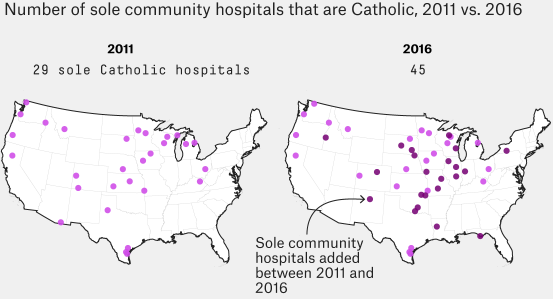The Commerce Department ruled yesterday that it will proceed with tariffs on Canadian newsprint, though at a lower rate than it had initially imposed and on a smaller scale. "The agency said it would cap the tariffs at 16.88 percent, down from 22 percent, and apply them to just one Canadian manufacturer, Catalyst Paper Co,," Catie Edmondson reports for The New York Times. But the department "said it would also impose tariffs of up to 9.81 percent on several Canadian paper companies to counter subsidies that those manufacturers receive from the government."
Though the tariffs will be lower, the damage has been done to the American newspaper industry. After the initial tariffs went into effect in January, many papers reduced their print offerings and some have blamed the tariffs for layoffs, Edmondson reports.
And small-town newspapers are perhaps even less financially prepared to cope with the extra expense. The Robesonian in Lumberton, N.C., announced last week it was dropping its eight-page color Sunday comics section due to the tariffs. So did The Advocate-Messenger in Danville, Ky.
Donnie Douglas, executive editor of The Robesonian, told Jonathan Drew of The Associated Press that it was better to cut the comics than risk having to lay off staff or freelancers who cover local news and serve as watchdogs for local government. "All newspapers our size are operating on really thin margins," he said. "When you have this thing imposed on you, you can’t say let’s cut over here, or let’s cut a position, let’s cut the stringer budget . . . There’s really nowhere to go."
David Thompson, executive director of the Kentucky Press Association, was blunt: "Although this is a step in the right direction, the reduced rates only lessen the pace at which the tariffs are harming the industry. We hope that the International Trade Commission will entirely reverse these misguided tariffs at the end of the month."
Though the tariffs will be lower, the damage has been done to the American newspaper industry. After the initial tariffs went into effect in January, many papers reduced their print offerings and some have blamed the tariffs for layoffs, Edmondson reports.
And small-town newspapers are perhaps even less financially prepared to cope with the extra expense. The Robesonian in Lumberton, N.C., announced last week it was dropping its eight-page color Sunday comics section due to the tariffs. So did The Advocate-Messenger in Danville, Ky.
Donnie Douglas, executive editor of The Robesonian, told Jonathan Drew of The Associated Press that it was better to cut the comics than risk having to lay off staff or freelancers who cover local news and serve as watchdogs for local government. "All newspapers our size are operating on really thin margins," he said. "When you have this thing imposed on you, you can’t say let’s cut over here, or let’s cut a position, let’s cut the stringer budget . . . There’s really nowhere to go."
David Thompson, executive director of the Kentucky Press Association, was blunt: "Although this is a step in the right direction, the reduced rates only lessen the pace at which the tariffs are harming the industry. We hope that the International Trade Commission will entirely reverse these misguided tariffs at the end of the month."











